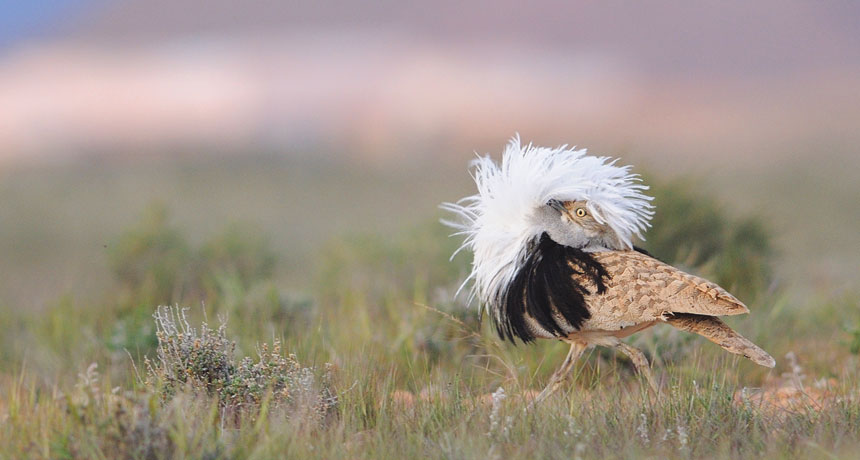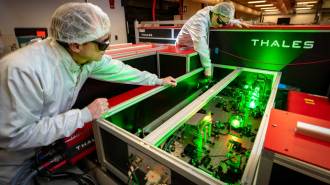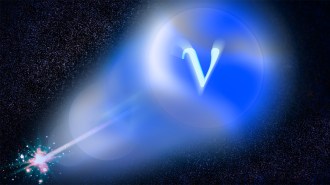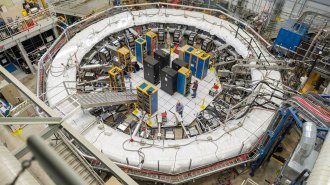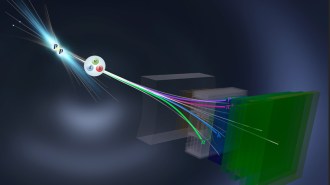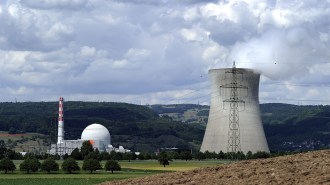Particle hunting in space, life in the urban jungle and more reader feedback
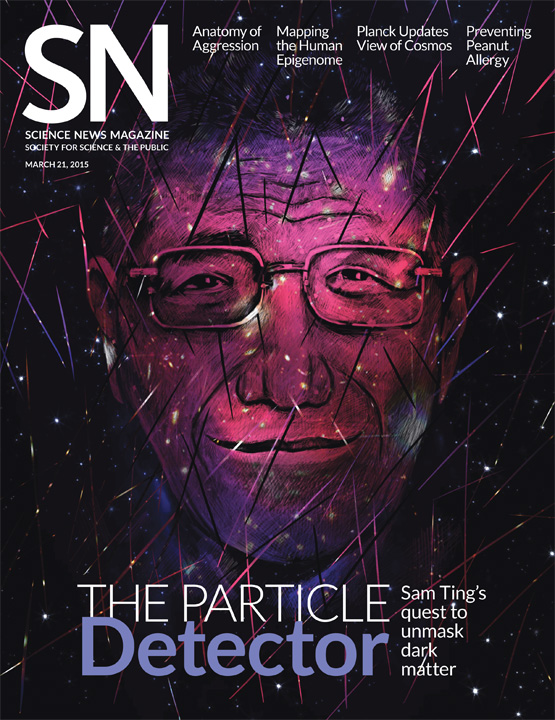 Space-based particle hunting
Space-based particle hunting
Physicist Sam Ting spent years lobbying to put a cosmic ray detector aboard the International Space Station. Now he’s using the Alpha Magnetic Spectrometer to collect particles that may shed light on the nature of dark matter, as Andrew Grant reported in “Eyes on the invisible prize” (SN: 3/21/15, p. 22).
“The Alpha Magnetic Spectrometer experiment can only capture particles that reach it,” wrote Irwin Tyler. If cosmic rays collide with particles on their way to Earth or stray from their original travel path, he writes, “then there can be no accurate census of the kind Sam Ting is looking for. Should any sky survey find clustering of these particles, it would merely be an artifact created by these variations. Moreover, both counts and clustering would likely look very different if measured from a different position in our galaxy.”
Grant agrees that cosmic rays whizzing past the International Space Station aren’t necessarily representative of particle populations elsewhere in the galaxy. “The magnetic fields of Earth and the solar system warp the particles’ trajectories. And little clumps of dark matter near Earth could theoretically send extra particles our way. Even so, cosmic rays remain a key tool for understanding the universe, and AMS is the best detector ever put in space to study them,” he says.
Wheat over water
Wheat came to the British Isles long before farming did. Scientists pulled wheat DNA from the soil of a site near the Isle of Wight. The site predates England’s agricultural lifestyle by about 2,000 years, wrote Bruce Bower in “Wheat reached England before farming” (SN: 3/21/15, p. 17).
Reader Mark S. wanted to know how ancient hunter-gatherers schlepped the wheat all the way to England. “Wheat is bulky. How would people, before the invention of the wheel, have transported it back then?”
Detecting lots of wheat DNA in the soil doesn’t necessarily mean large quantities of wheat were present, says study coauthor Robin Allaby of the University of Warwick in England. It’s more likely that hunter-gatherers only transported small quantities at a time, and that wheat wasn’t a big part of their diet. “As for the means of travel, we feel that it is most likely boat contact,” he adds. The site where the DNA was found was once a boat-building workshop. The nearest farmers, located along the west coast of France, were also skilled boaters.
Living in the urban jungle
In “When animals invade human spaces” (SN: 3/21/15, p. 28), Nathan Seppa reviewed a book about the unexpected ways that animals adapt to city life.
Readers had plenty of stories about close encounters with wild animals. Mike Van Horn listed the menagerie of mammals that have passed through his neighborhood, including deer, coyotes, mountain lions and river otters. “We’ve also had migrations of large black and yellow spiders. Beautiful but a bit intimidating,” he wrote, adding that “talk of humans invading animals’ spaces fails to recognize that we also are animals. We are all invading each other’s spaces. It is a shifting balance.”
Commenter RedCentipede pointed out that hunting may play a role in that shifting balance: “Here in eastern Massachusetts, deer are now so common in suburbia that they’re a serious traffic menace, causing a couple of thousand crashes every year. Why so common in suburbia? Because hunting is prohibited within the populated parts of towns, so deer that move into the towns flourish and reproduce.”
Whatever the cause, some people don’t mind sharing their living spaces. Marc Harris opined that animals are “far more desirable neighbors than my human ones.”
Correction
“Teens have higher anaphylaxis risk than younger kids” (SN: 3/21/15, p. 15) should have said that pharmaceutical company Mylan markets, not makes, the epinephrine injector EpiPen.
